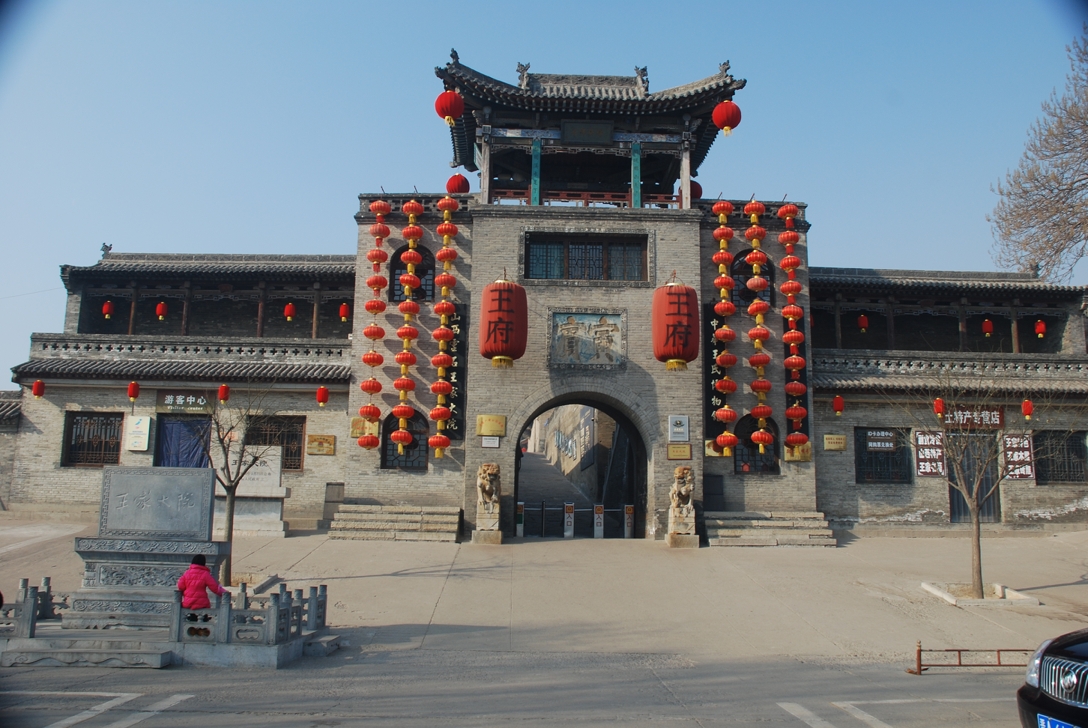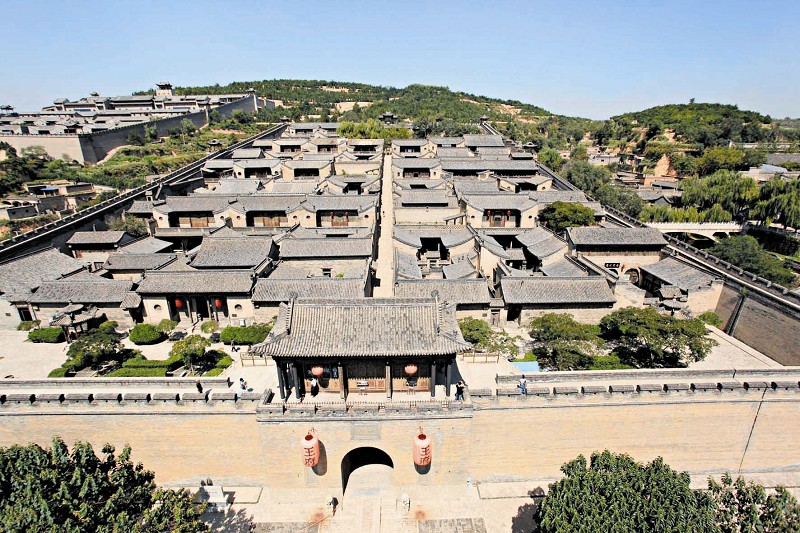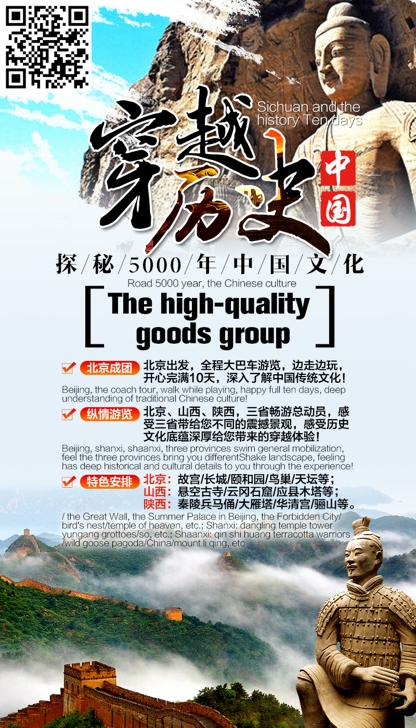Scenic spots(旅游景点)Introduction of scenic spots
The wangs courtyard(王家大院)
Wangjia compound is located in jingsheng town, a famous Chinese historical and cultural town 12 kilometers east of lingshi county, Shanxi Province. From the world cultural heritage pingyao ancient city 35 km, 4 km jiexiu mian mountain.
Wang family courtyard is a collection of residential buildings in the qing dynasty, and an artistic model of 5,000 years of Chinese civilization. It is built by jing sheng wang family after the Ming and qing dynasties and over 300 years, including five lanes and six castles, with a total area of 250,000 square meters.

The three buildings of gaojiayan, hongmen fort and chongning fort, which are now open, are all completely enclosed castle-style buildings on the loess plateau, with 231 courtyards of all sizes and 2078 houses, covering an area of more than 80,000 square meters. The main courtyard is the layout of front hall and rear dormitory. The residences of people with different identities and courtyards with different functions are cleverly arranged in a limited space according to the feudal hierarchy system, which not only reflects the practicability of complete functions and complete sets, but also forms the artistic framework of courtyard within the courtyard, door within door, floor upon floor and strewn at different places. Three carved decorations pitch is wonderful artical excelling nature, the traditional Chinese auspicious flowers and plants, rare and benevolent, historical allusions in ancient craftsmen carved, frames into elegantly or express feelings, or hope, or encourage their own, or admonished us beautiful picture scroll, focusing on the profound cultural background and the wang family of the Chinese nation unique in concept.

Since its opening in 1997, wangjia courtyard has exerted a great influence at home and abroad and become a well-known tourist brand in China. At the beginning of 2002, it was rated as a national AAAA scenic spot and a national demonstration unit of "quality travel of ten thousand miles" in China. In 2006, it was listed as a "national key cultural relic protection unit" by the state council. With its majestic scale, breathtaking architectural art and profound cultural taste, the wangs compound is praised by many experts and scholars at home and abroad as "the Forbidden City of Chinese folk", "the first residence of Chinese folk residence" and "the Forbidden City of shanxi", and has won a very wide public praise "the wangs will not see the courtyard after they return".

Wang family courtyard is a collection of residential buildings in the qing dynasty, and an artistic model of 5,000 years of Chinese civilization. It is built by jing sheng wang family after the Ming and qing dynasties and over 300 years, including five lanes and six castles, with a total area of 250,000 square meters.

The three buildings of gaojiayan, hongmen fort and chongning fort, which are now open, are all completely enclosed castle-style buildings on the loess plateau, with 231 courtyards of all sizes and 2078 houses, covering an area of more than 80,000 square meters. The main courtyard is the layout of front hall and rear dormitory. The residences of people with different identities and courtyards with different functions are cleverly arranged in a limited space according to the feudal hierarchy system, which not only reflects the practicability of complete functions and complete sets, but also forms the artistic framework of courtyard within the courtyard, door within door, floor upon floor and strewn at different places. Three carved decorations pitch is wonderful artical excelling nature, the traditional Chinese auspicious flowers and plants, rare and benevolent, historical allusions in ancient craftsmen carved, frames into elegantly or express feelings, or hope, or encourage their own, or admonished us beautiful picture scroll, focusing on the profound cultural background and the wang family of the Chinese nation unique in concept.

Since its opening in 1997, wangjia courtyard has exerted a great influence at home and abroad and become a well-known tourist brand in China. At the beginning of 2002, it was rated as a national AAAA scenic spot and a national demonstration unit of "quality travel of ten thousand miles" in China. In 2006, it was listed as a "national key cultural relic protection unit" by the state council. With its majestic scale, breathtaking architectural art and profound cultural taste, the wangs compound is praised by many experts and scholars at home and abroad as "the Forbidden City of Chinese folk", "the first residence of Chinese folk residence" and "the Forbidden City of shanxi", and has won a very wide public praise "the wangs will not see the courtyard after they return".








